I. INTRODUCTION
Bien Hoa airbase is the largest former US airbase in southern Vietnam, and was a storage and preparation site for herbicides sprayed from military airplanes during Operation Ranch Hand (1961 - 1971). Environmental and physiological levels of 2,3,7,8-tetrachlorodibenzo-p-dioxin (TCDD) in that area are still elevated four decades after the spraying ended [1, 2]. In our previous survey, TCDD levels in breast milk were approximately 4 - 5 times higher in primiparous women and 7 - 8 times higher in multiparous women in the Bien Hoa area than in women in unsprayed areas in northern Vietnam [2].
Birth cohort studies in dioxin-contaminated areas of Vietnam and the Netherlands have reported that perinatal dioxin exposure affected neurodevelopment, increasing rates of autistic traits [3] and underdevelopment of visual cognition [4, 5]. Eye-tracking analysis can be used to examine gaze behaviour in children with autism who rarely fix their gaze on human faces [6, 7], especially the eye areas [7, 8], suggesting that eye tracking can assist in identifying autistic traits objectively. In the present study, we examined 3-year-old children residing near the Bien Hoa airbase whose mothers were exposed to high TCDD levels, to assess the effects of perinatal dioxin exposure on gaze behaviour.
II. METHODS
2.1 Study subjects
In 2012, a total of 210 mother-and-newborn pairs living in 10 communes near Bien Hoa airbase were enrolled in the birth cohort study2 and followed 3 years later to assess the children’s neurodevelopment. One hundred and sixty-three children from that cohort were included in the present survey (79.5% participation rate). We excluded 20 children who could not complete the gaze test for lack of attention or for whom we could not obtain data such as maternal education and age, family income, parity categories (primiparous or multiparous), number of weeks of gestation, birth weight, or precise age. The analysis therefore included 143 children. Levels of TCDD and toxic equivalency (TEQ) values of polychlorinated dibenzodioxins and polychlorinated dibenzofurans (TEQ-PCDD/Fs) in maternal breast milk collected in the previous survey [2], 1 month after birth, were used as markers of perinatal exposure.
We also measured behaviour associated with autism spectrum disorder using the Autism Spectrum Rating Scales (ASRS, MHS Inc., North Tonawanda, NY, USA) by interviewing the children’s caregivers. Seven children (four boys and three girls) were suspected of elevated autistic traits because their total ASRS scores were ≥ 60, indicating high risk (ASRS Technical Manual). The Bayley Scales of Infant and Toddler Development, third edition (Bayley-III) were used to evaluate children’s neurodevelopment across three domains: cognition, language, and motor skills.
2.2 Gaze behaviour test
Tobii Studio (Tobii Technology AB, Danderyd, Sweden) was used to assess gaze behaviour. Children were seated comfortably next to their caregivers in front of a computer screen. The distance between children’s eyes and the screen was approximately 60 cm and unobstructed. Ten static pictures containing various numbers of children’s faces were used as a stimulus, with 3 seconds for each picture. Prior to the test, children had to calibrate the picture successfully using mapped points.
2.3 Analysis of the duration of fixation
The total duration of fixation on the faces in the pictures and on each picture as a whole was measured using Tobii software (default I-VT filter, Tobii Studio). The percentage of total duration of fixation on faces was defined as the ratio of the total duration of fixation on faces areas in ten pictures divided by the total duration (in seconds) of fixation for ten pictures, multiplied by 100. Children whose total duration of fixation was less than 1.02 seconds (5th percentile) because of lack of attention were excluded from the analysis.
III. RESULTS AND DISCUSSION
The adjusted mean percentage of the total duration of fixation on faces was compared between high and low exposure groups to TCDD and TEQ-PCDDs/Fs, after controlling for confounding factors using a general linear model. At this time, the cut- off values of the 75th percentile were set at 3.6 pg/g lipid for TCDD and 12.7 pg-TEQ/g lipid for TEQ-PCDDs/Fs. The adjusted mean percentage of the total duration of fixation on faces (%) was significantly lower in the high-TCDD group in girls, with 26.2% in the high-exposure group and 47.0% in the low-exposure group. There was no significant differences were found between high and low TCDD exposure groups in boys.
Since children with autism have tendency to avoid seeing faces, the adjusted mean percentage of the total duration of fixation on faces was compared between two TCDD exposure groups after excluding children who were suspected to have autistic traits. Results showed that the total duration of fixation on faces was significantly lower in the high-TCDD group compared with the low-TCDD group in girls. However, there was no significant difference in the adjusted mean percentage of the total duration of fixation on faces between the high- and low-TEQ-PCDDs/Fs groups in either sex.
To assess whether a dose-response relationship existed between levels of TCDD exposure and performance on the gaze behaviour test, the girls were divided into three groups according to the TCDD levels (< 3.6, 3.6 - 7.1, ≥ 7.1 pg/g lipid for lower, middle, and higher groups, respectively) measured in maternal breast milk1 month after birth. The adjusted mean percentage of the total duration of fixation on faces decreased significantly as TCDD levels increased in girls.
These findings suggest that perinatal exposure to TCDD at high level may alter children’s social behaviour, particularly in girls. Observing faces and making eye contact aid neurodevelopment by improving learning ability and social skills [9]. Previous studies reported atypical behaviour with fewer fixations on the whole face in children with autism [7, 8] compared with children with typical development. In the present study, however, even after excluding children with suspected autistic traits, the duration of fixation on faces remained significantly lower in girls in the high-TCDD group. We also found lower Bayley cognitive scores at borderline significance in girls in the high-TCDD group. This indicates that perinatal TCDD exposure may affect cognitive development, including visual cognitive development associated with gaze behaviour, which is not directly related to autistic traits. To our knowledge, there are no reports of the effects of dioxin on gaze behaviour in children or adults. Previous study reported that prenatal exposure to background levels of one congener of polychlorinated biphenyls (PCBs) influence the fixation pattern during observation of biological motion in Japanese infants aged 4 months [10]. These findings suggest that PCB exposure even at background levels may impair infant gaze behaviour reflex socio-cognitive development, which has been reported in children with autism [11]. Therefore, gaze behaviour tests may be a valid tool for detecting such impairments due to the toxicity of PCBs and dioxins in infants and young children.
In our present study, however, the effects of TCDD were sex-specific, and atypical gaze behaviour was noted only in girls, who generally show greater interest than boys in faces [12]. Follow-up to examine cognitive abilities, including face recognition, is warranted in Vietnamese children residing in dioxin-contaminated areas.
REFERENCES
- Schecter A, Dai LC, Pӓpke O, et al. (2001); Recent dioxin contamination from Agent Orange in residents of a southern Vietnam city. J Occup Environ Med. 43(5):435-43.
- Nghi TN, Nishijo M. Manh HD, et al (2015 Dioxins and Nonortho PCBs in Breast Milk of Vienamese Mothers Living in the Largest Hot Spot of Dioxin Contamination. Environ Sci Technol, 49(9):5732-42.
- Nishijo M, Pham TT, Nguyen AT, et al (2015. (2014); 2,3,7,8-Tetrachlorodibenzo-p-dioxin in breast milk increases autistic traits of 3-year old children in Vietnam. Mol Psychiatry. 19(11):1220-6.
- Schellart NA, Reits D. (2008); Influences of perinatal dioxin load to visual motion and oddball stimuli examined with an EEG and MEG analysis. Clin Neurophysiol. 119(7):1486-95.
- Ten Tusscher GW, Leijs MM, de Boer LC, et al. (2014); Neurodevelopmental retardation, as assessed clinically and with magnetoencephalography and electroencephalography, associated with perinatal dioxin exposure. Sci Total Environ. 491-492:235-9.
- Klin A, Jones W, Schultz R, et al.. (2002); Visual fixation patterns during viewing of naturalistic socialsituations as predictors of social competence in individuals with autism. Arch Gen Psychiatry.59(9): p. 809-16.
- Van der Geest JN, Kemner C, Verbaten MN, et al. (2002); Gaze behavior of children with pervasive developmental disorder toward human faces: a fixation time study. J Child Psychol Psychiatry. 43(5):669-78.
- Claes von Hofsten, Helena Uhlig, Malin Adell, et al. (2009); How children with autism look at events. Research in Autism Spectrum Disorders. 3(2):556-569.
- Heron-Delaney M, Anzures G, Herbert JS, et al. (2011); Perceptual training prevents the emergence of the other race effect during infancy. PLoS One. 6(5):e19858.
- Doi H, Nishitani S, Fujisawa TX, et al. (2013); Prenatal exposure to a polychlorinated biphenyl (PCB) congener influences fixation duration on biological motion at 4-months-old: a preliminary study. PLoS One. 8(3):e59196.
- Klin A, Lin DJ, Gorrindo P, et al. (2009); Two-year-olds with autism orient to non-social contingencies rather than biological motion. Nature. 459(7244):257-61.
- Connellan J, Baron-Cohen S, Wheelwright S, et al. (2000); Sex differences in human neonatal social perception. Infant Behavior & Development, 23(1): 113-118.
Hisao Nishijo[1]; Pham Ngoc Thao[2][3]; Muneko Nishijo3; Pham The Tai2; Vu Thi Hoa2 Tran Hai Anh2; Hoang Van Luong2; Tran Ngoc Nghi[4]; Yoshikazu Nishino3; Do Quyet2




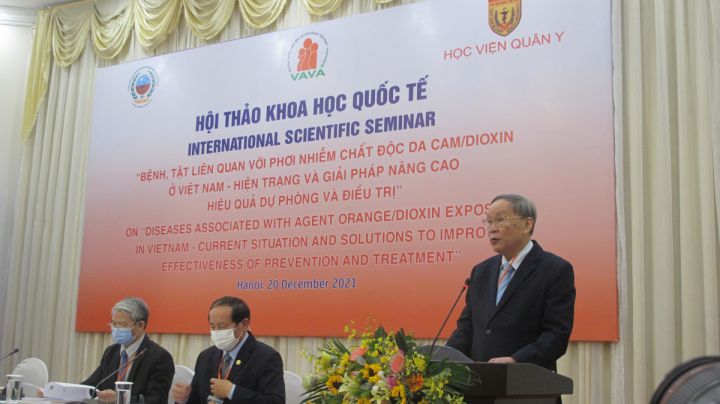

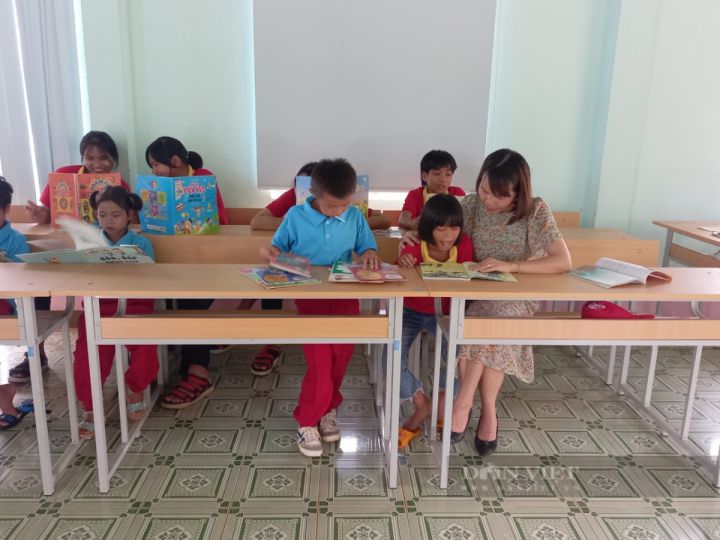
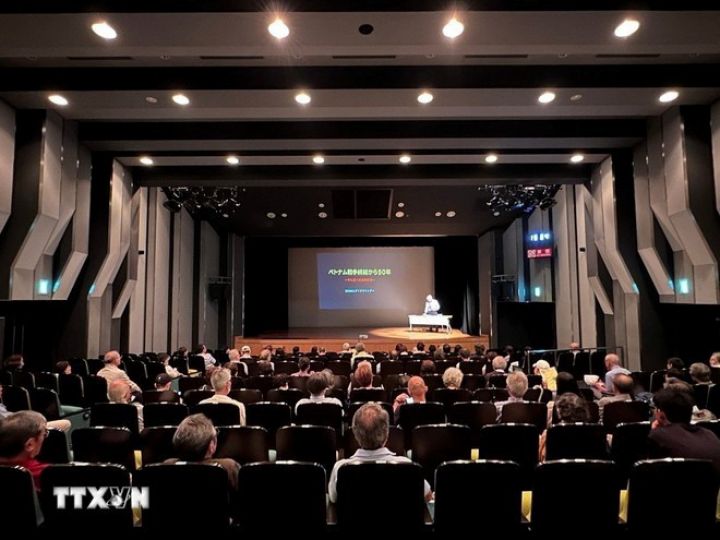















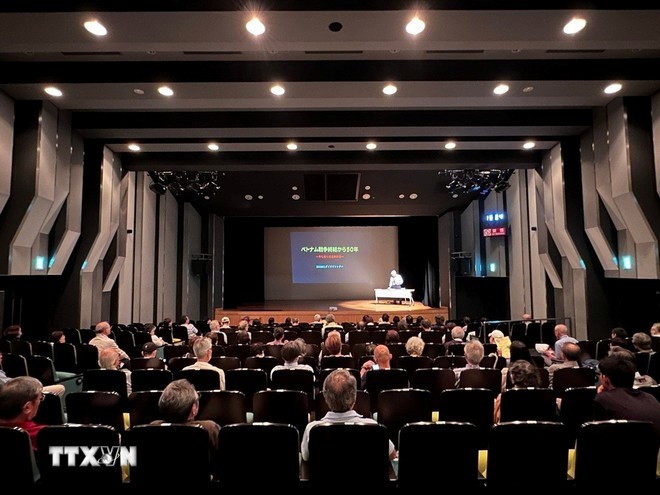
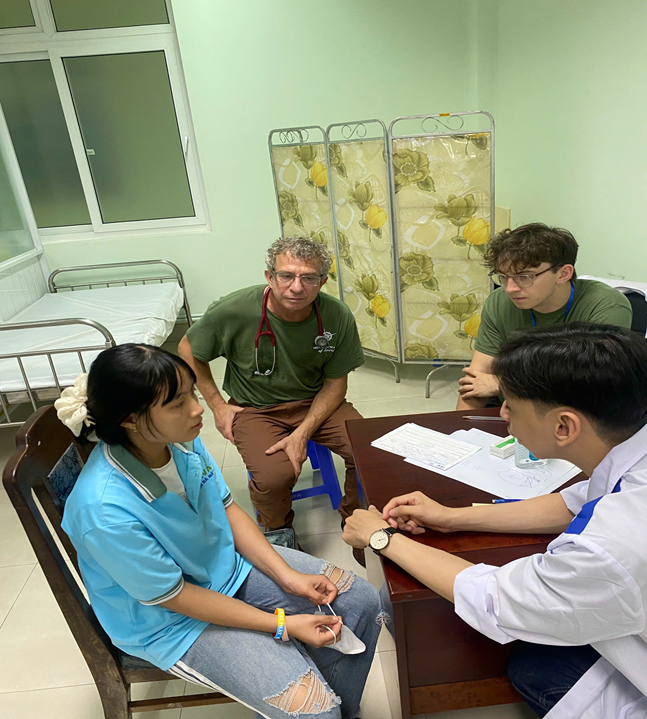









Comment